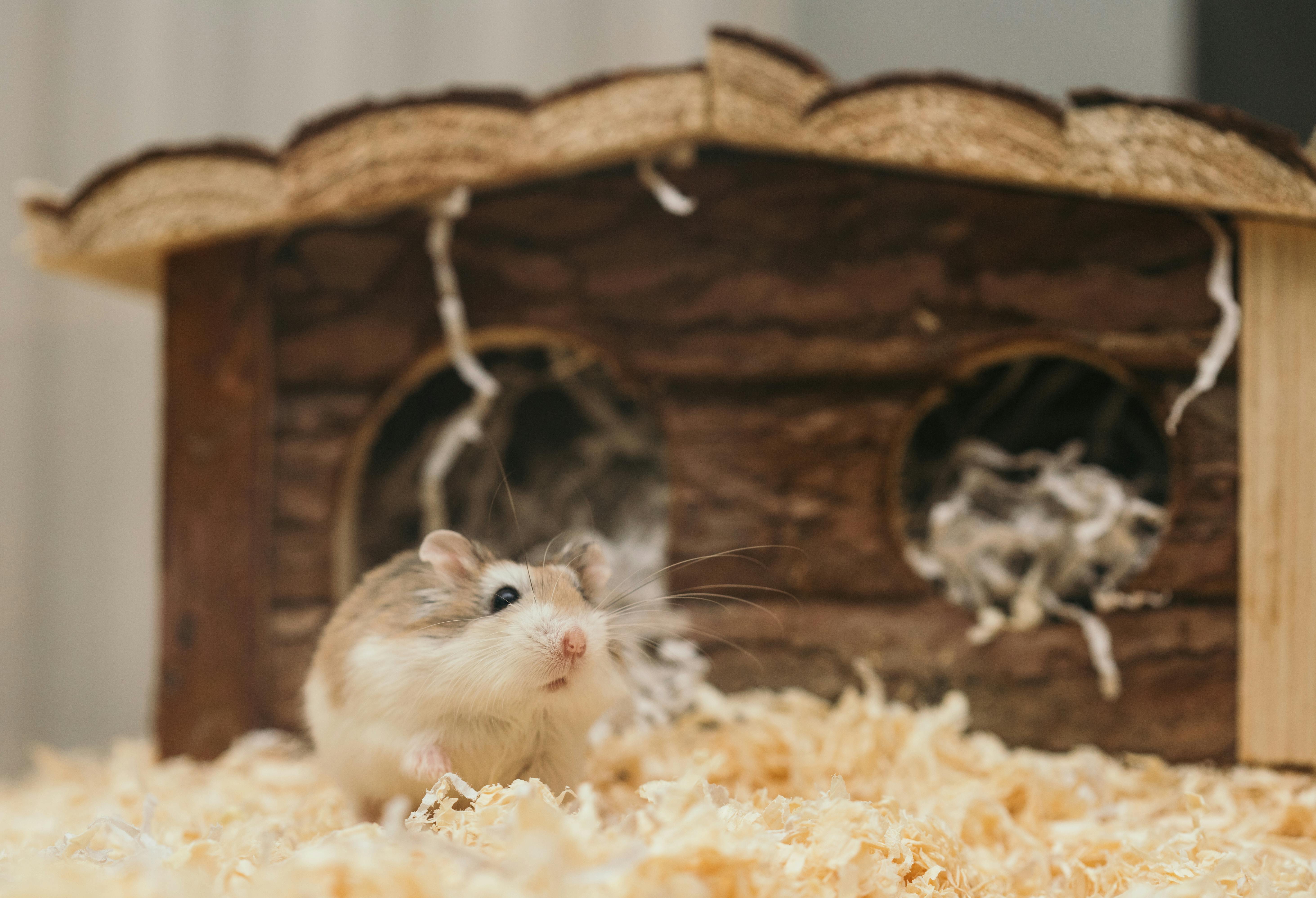How to Train a Rodent to Use a Carry Cage

How to Train a Rodent to Use a Carry Cage
Transporting your furry little friend safely is crucial, especially during vet visits or while traveling. However, getting a small pet like a rodent accustomed to a carry cage can be a challenge. This post will guide you through the steps of training your rodent to use a transport cage, making travel less stressful for both you and your pet.
Understanding Rodent Behavior
Rodents, such as guinea pigs, hamsters, and mice, are naturally skittish creatures that can be sensitive to new environments. Understanding their need for security and familiarity is key in training them effectively. Rodents prefer environments that make them feel protected and at ease.
Step-by-Step Guide to Cage Training
Step 1: Choose the Right Cage
Start by selecting a carry cage that is appropriate for the size of your rodent. The cage should be spacious enough for them to move around comfortably, yet cozy enough to provide a sense of security. Ensure it has adequate ventilation and is made from safe, chew-proof materials.
Step 2: Make the Cage Appealing
Place the cage in an area frequented by your pet to make it a familiar part of their environment. Introduce comfortable bedding and include some of their favorite treats inside the cage. Allow your rodent to explore the cage at their own pace without forcing them. Keeping the door open and placing treats inside can entice them to enter willingly.
Step 3: Gradual Introduction
Gradually increase the time your rodent spends in the cage. Start with short, supervised periods and slowly extend the time as your pet gets more accustomed. Placing their regular food inside the cage during meal times can also help them form positive associations with being inside.
Step 4: Positive Reinforcement
Every time your rodent enters or spends time in the cage, reward them with small treats and positive verbal reinforcement. This helps in reinforcing their good behavior and making the cage a rewarding space to be in.
Step 5: Increase Handling and Transport
Once your pet seems comfortable in the stationary cage, it's time to get them used to being moved around. Start with short distances, such as moving them from one room to another, and progress to longer distances. Ensure to handle the cage gently to prevent distressing your rodent.
Step 6: Simulate Travel Conditions
Simulate the conditions your pet might experience during travel, such as the sound and motion of a car. This helps in conditioning them to remain calm during real travel scenarios. Be patient and give them time to adjust to these new experiences.
Conclusion
Training your rodent to use a transport cage is a process that requires patience and consistency. By making the cage a familiar and comfortable environment, and by using positive reinforcement, your pet will be well on their way to becoming a travel-ready companion. Always observe your pet's behavior during this training and adjust your approach as needed to ensure they are comfortable and stress-free.
